General Knowledge
All You Need to Know About LGBT Flag
The LGBT flag represents millions of LGBT people all over the world. The 6 colors of the LGBT flag, which mean “borderless and unlimited connection,” represent the community’s diversity as well as the hope and desire to express themselves to the world.
Do you, however, truly comprehend the message and glorious journey of the LGBT flag? Let’s read this article to learn about the general meaning of each flag and its origin.
The origin of the LGBT flag
Gilbert Baker, an American artist and LGBT activist, is credited with creating the LGBT flags. Many people believe Gilbert came up with the idea for the rainbow flag after hearing Judy Garland’s song “Over the Rainbow” in 1978. In the depths of people’s hearts, a song expresses the dream of reaching out to be freed from the sorrows of life.
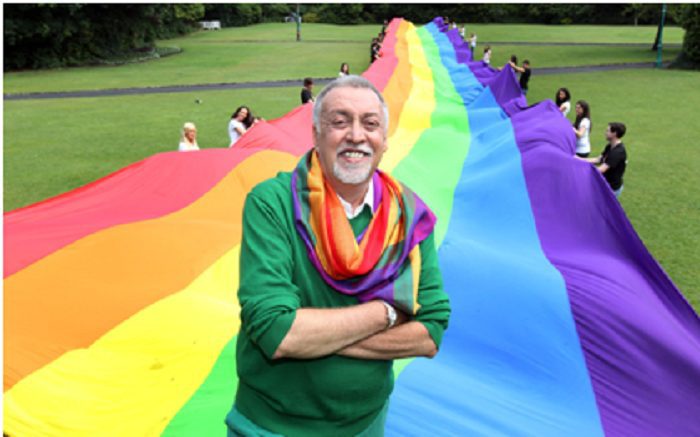
The father of LGBT Flag
Before creating this “classic” flag, Gilbert admitted that he was heavily influenced by the hippie movement and a group of people fighting for action for black people. The rainbow flag is used to send a proud statement to the world by the LGBT community; it is the embodiment of solidarity and the desire to “be yourself”.
Initially, this man’s idea included a rainbow flag with eight colored stripes: pink, red, orange, yellow, green, turquoise, dark blue, and purple. The LGBT flag appeared in many variations of seven colors, then was reduced by one color band as a result of the incident at the printing factory and community debate. Until now, the rainbow flag has been widely seen, with six brilliant color bands that are well-known in many countries and continents.
What is the term LGBT?
LGBT is the officially recognized name of the community of people with special sex since 1990. This group includes gay men, lesbians, bisexuals, and transgender people. A term used to describe a person’s sexual orientation, which means they have a romantic or sexual attraction to people of the same gender.
LGBT stands for:
- Lesbians
- Gay
- Bisexual
- Transgender
However, many studies now show that approximately 3.5% of people have more diverse sexual orientations. That is, they believe they are not entirely gay, straight, or bisexual. These individuals frequently have a consistent, long-term, and fixed sexual orientation.
The meaning of the 6 color bands on the current LGBT flag
With the mission of representing a “special” community, the LGBT six-color flag represents the community’s diversity. It’s also the desire to go out into the world and be yourself. Each color of the flag represents something different, as follows:
- Red represents bravery.
- Orange is a symbol of awareness and limitless possibilities.
- Yellow represents challenges.
- Green represents effort.
- Blue represents hope and sharing.
- Purple symbolizes harmony, unity and solidarity.
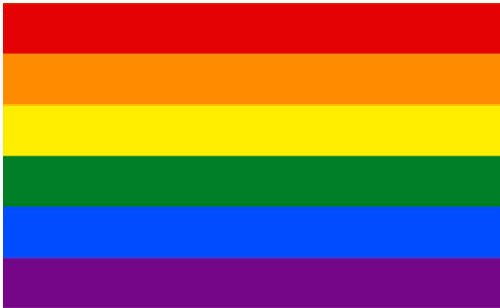
LGBT Flag
These six colors are not placed separately, but rather next to each other, as if to emphasize the free spirit of people of different genders.
The symbolic flag of each small group in the LGBT community
The LGBT community is comprised of gay, lesbian, bisexual, and transgender people. Today, the LGBT community is more accepting of LGBTQ+ people, with more gay and asexual people emerging. Each subgroup has its own flag with its own symbolism. Let’s look at some of the flags displayed in this community!
Lesbian Flag
Lesbians are women who are physically, emotionally, and sexually attracted to other women. The lesbian community’s emblematic flag consists of seven colored lines representing seven different lipstick colors.
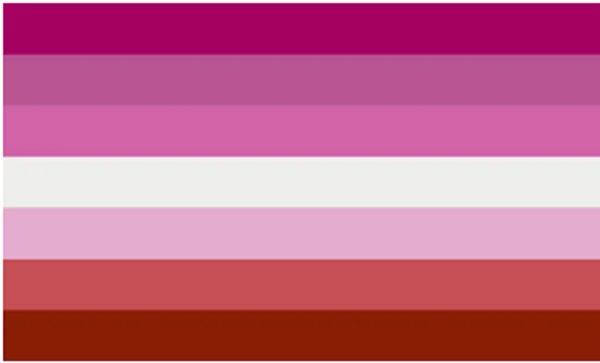
Lesbians’ flag
Bisexual Flag
Bisexuals are men and women who are emotionally and sexually attracted to each other. Michael Page created the bisexual community’s flag in 1998. The pink color on the flag represents attraction to people of the same sex, blue represents attraction to people of the opposite sex, and purple blood, which is a combination of the two colors mentioned above, represents attraction to both sexes.
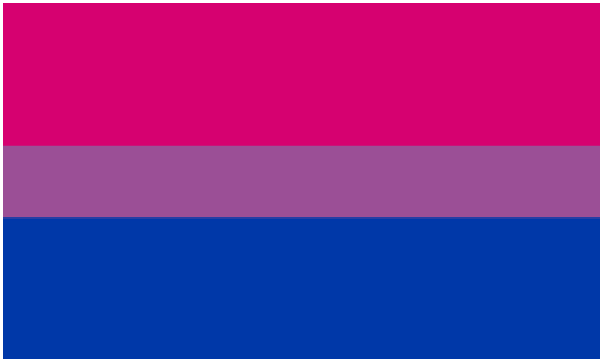
Bisexual flag
Transgender Flag
Monica Helms, a former US Marine who came out as transgender in 1987, designed this LGBT flag in 1999. The concept is straightforward: pink represents transgender women, ocean blue represents transgender men, and the space in the middle represents those who do not wish to be labeled.
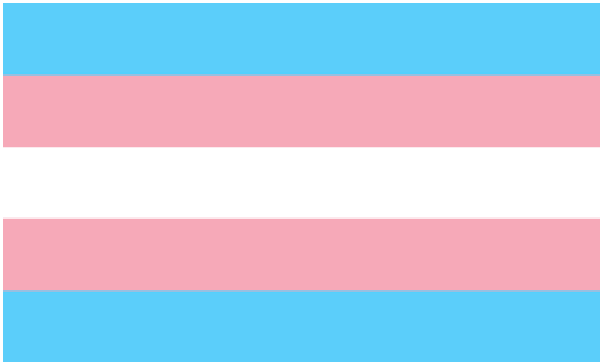
Transgender Flag
Pansexual Flag
Pansexuals are people who can be romantically, sexually, or both with their partner regardless of their sexual orientation or gender. Because factors such as gender or gender do not affect how they feel emotionally or sexually attractive to anyone, homosexuals frequently self-identify as “gender blind.”
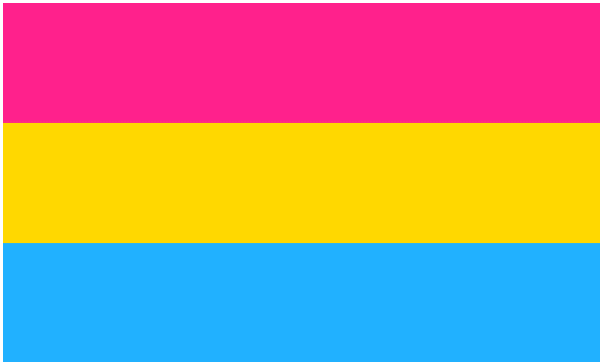
Pansexual Flag
The top pink band represents women of a specific gender. The yellow band represents people of the opposite gender, people of no gender, or people of the third gender. This gender flag is also for people who are attracted to both men and women.
Asexual Flag
Asexuals are individuals who are not sexually attracted to anyone and have little/rare desire for any sexual activity.
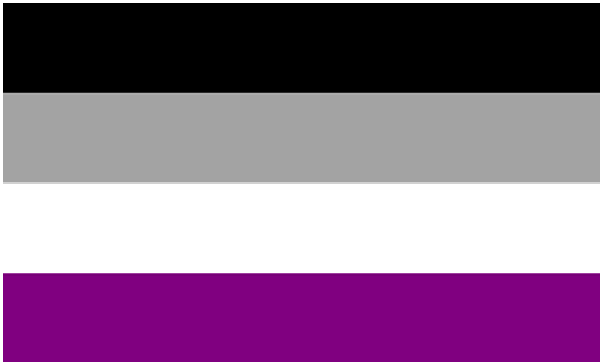
Asexual Flag
The flag was designed by a member of the Asexuality Visibility and Education Network, according to the Asexuality Archive (AVEN). The color stripes have the following meaning: The black stripes represent bisexuals, the gray stripes represent Grey-asexuals (those who are only sexually active) and Demisexuals (those who are only sexually active) sexually interested in someone with a strong emotional connection, the white stripes represent supporters, and the purple stripes represent the asexual community as a whole.
Straight Ally Flag
Supporters of the LGBTQ+ community have always been very important factors in the process of advocating for equal rights for LGBTQ+ people.
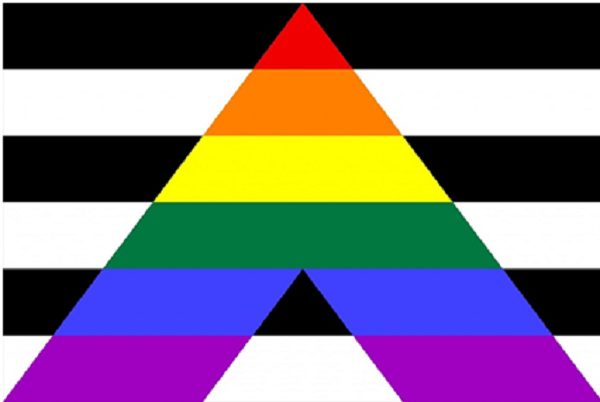
Straight Ally Flag
If you wonder why there is no flag of the Gay community in the article, it’s because their pride flag is the hexagonal flag we often see with symbolic meaning for LGBT.
Conclusion
As a result, each portion of the LGBT community has its own symbolic flag. They all share the fact that they are made up of different colored stripes, each of which has a different meaning. This article has discussed some of the most well-known and recognizable LGBT flags. You can learn more about other LGBT flags at